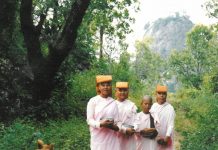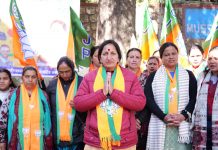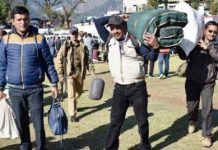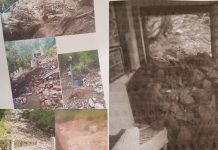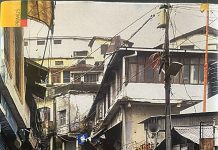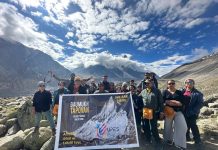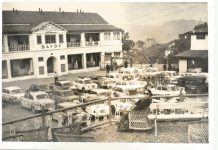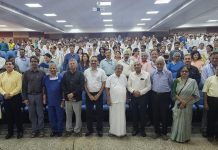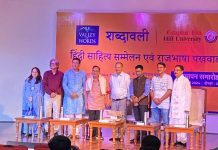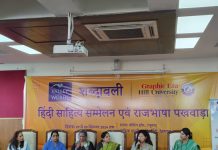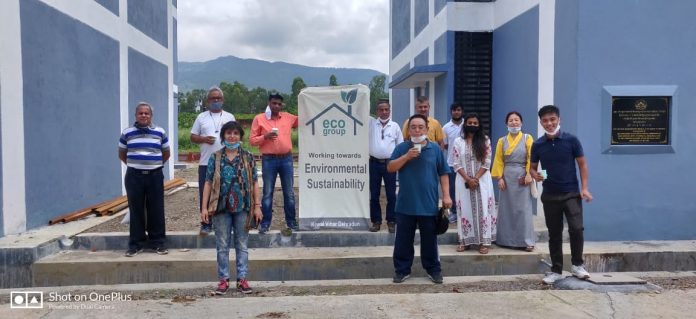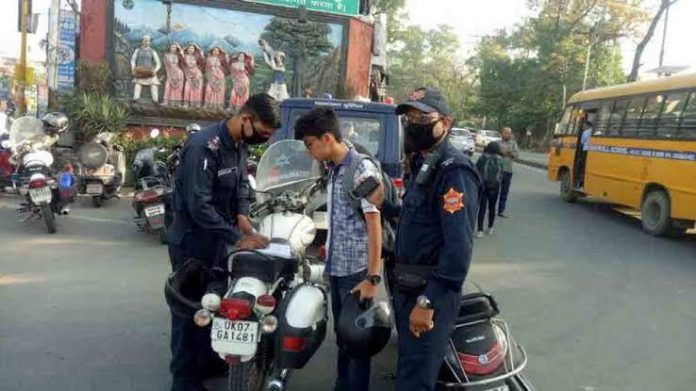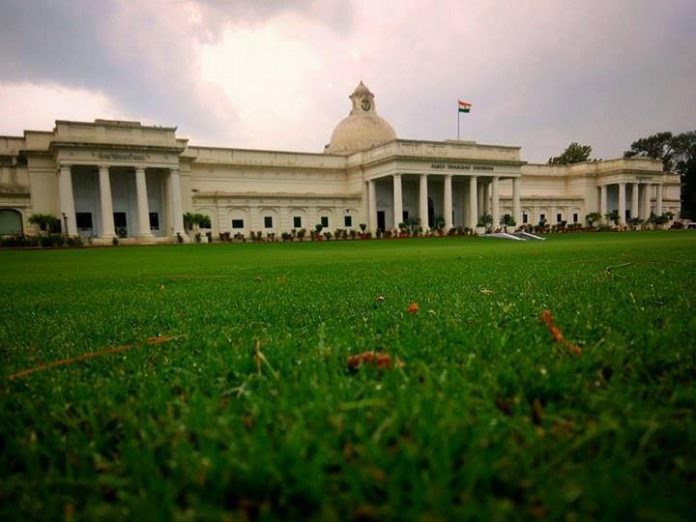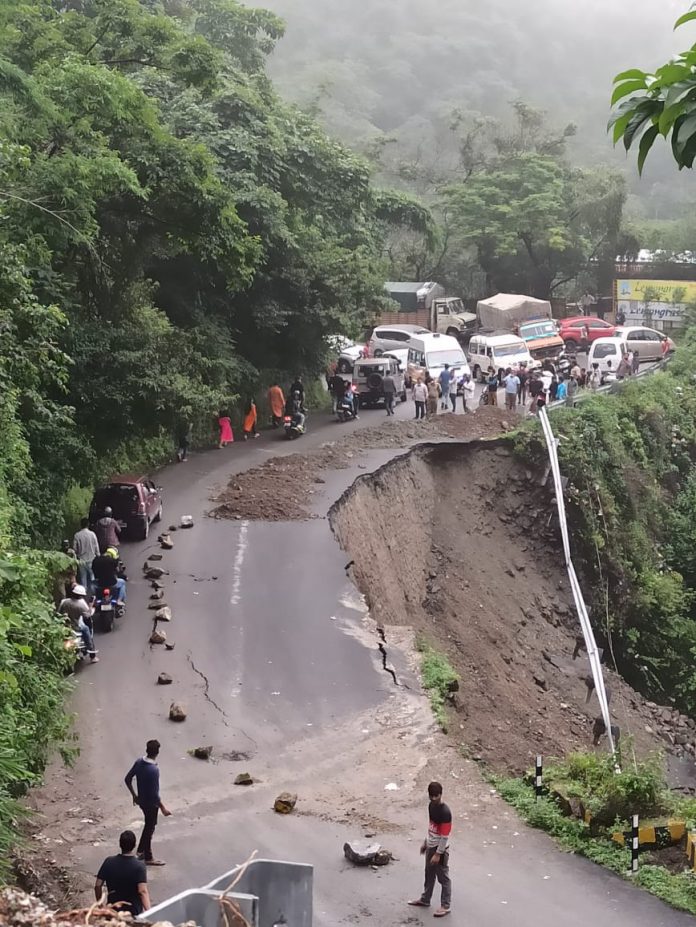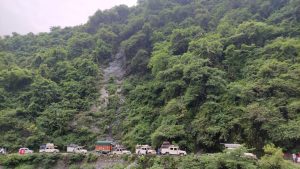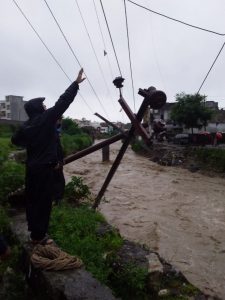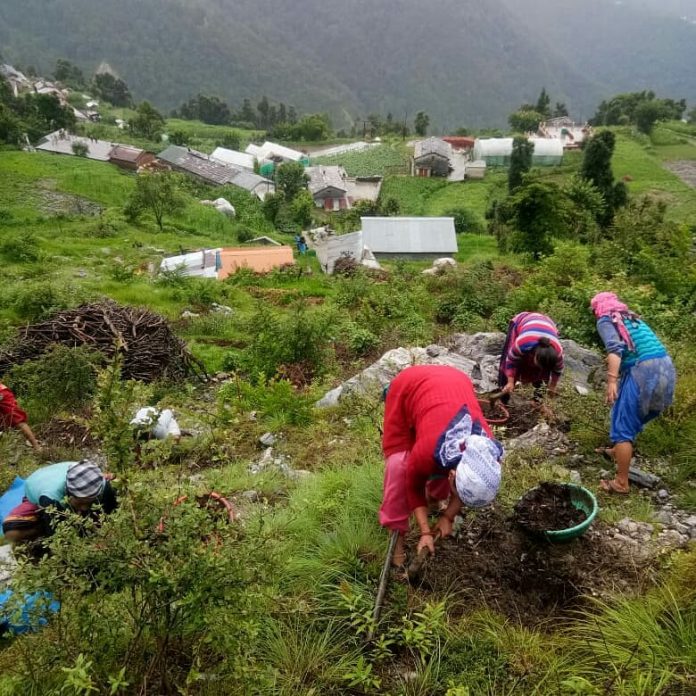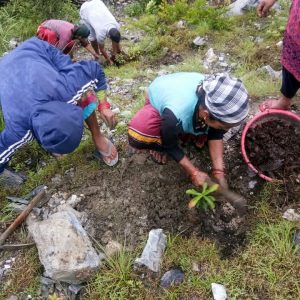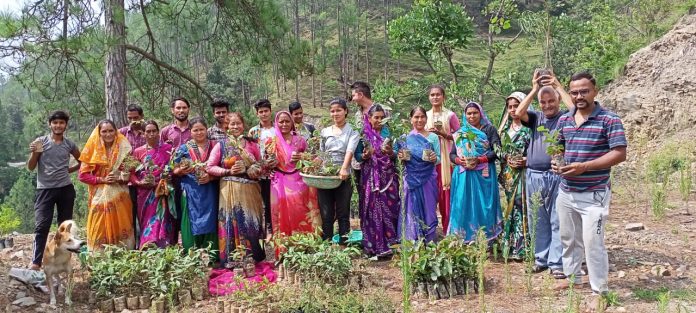Dehradun: On the occasion of 74th Independence Day celebrations, EcoGroup a Dehradun based environmental group decided to ring in the festivities in a unique way.
The members planted One hundred and Thirteen saplings of indigenous trees such as amla, neem, Ashoka and others in honour of His Holiness Dalai Lama. A brand ambassador of peace, religious harmony, environmental conservation and also working for reviving Indian wisdom in contemporary India, this was a small token of love by EcoGroup along with Tara Foundation and Doon Nature Association.
Speaking to Newspost, Sherin Luding, Chairperson of Tara Foundation stated, “HH Dalai Lama said that he would live till the ripe old age of 113 years. So we pray that he lives a long and healthy life for the benefit of sentient beings,” adding, “we were happy to participate in the plantation drive organised by Tibetan Settlement office, Dehradun at Gepheling settlement, Sahastradhara Road on the auspicious occasion of Independence Day as part of celebration of ‘The Year of Gratitude’ for His Holiness the Dalai Lama.”
Members of the EcoGroup Shikha Prakash, Vidhi Bisht, Anmol Bhargava, Vivek Pradhan and Rashmi Jauhari generously donated these saplings and planted trees along with senior citizens of the Tibetan settlement for the greater cause.
Sanjay Bhargav, Secretary EcoGroup said, “not only are we planting these saplings but we will ensure their survival and protection in the coming months.”
Over the years, EcoGroup has been promoting collection of #singleuseplastic waste into a plastic bottle that can be later used in place of bricks to make flower beds or place them around trees or even for construction purposes.
The group has also been instrumental in making Kewal Vihar Colony come first in Dehradun for Best Waste Management.
Such activities by those who love Dehradun implies their commitment to uphold environmental conservation and ensures us that the valley of Doon is in safe hands.

